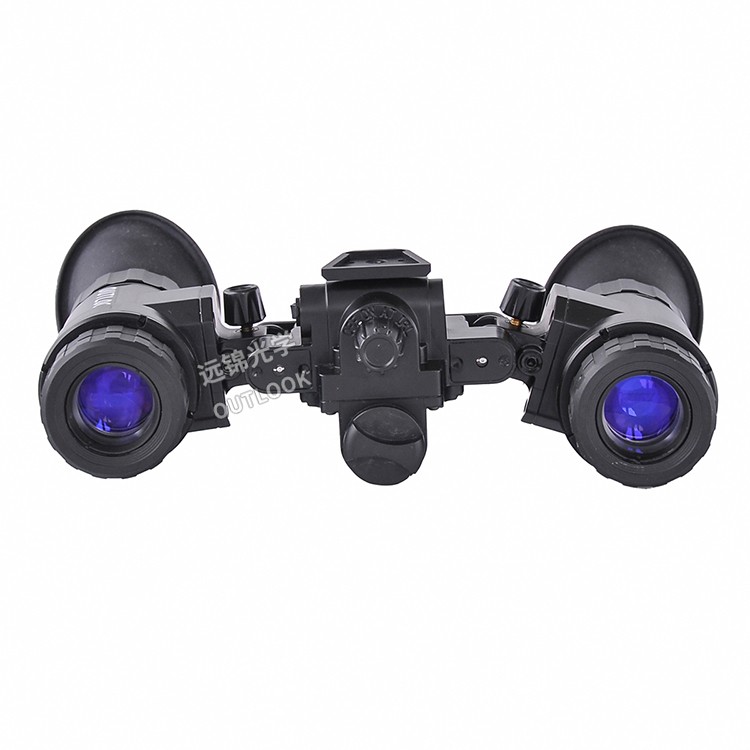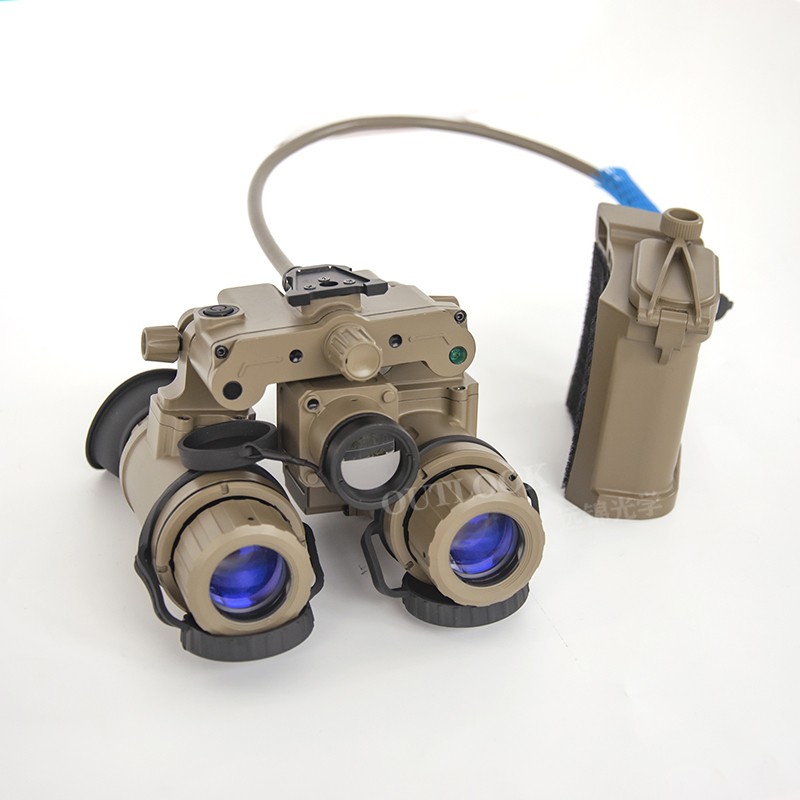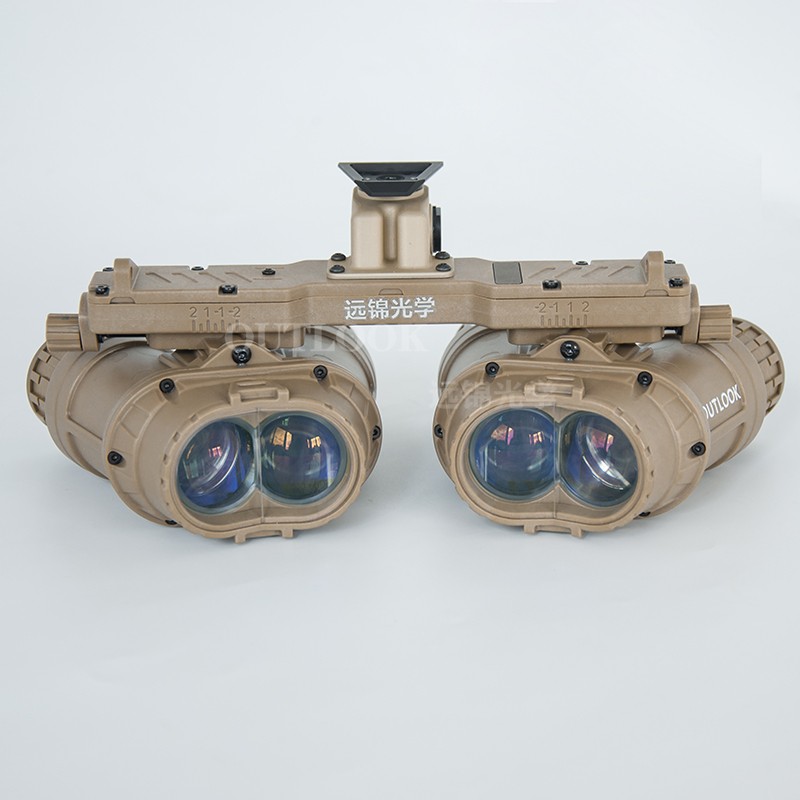Core Features of Gen 3 Night Vision Device (Technological Innovation)
"Gen 3 night vision device" refer to night vision devices whose core component—the image intensifier—uses third-generation technology. The most significant feature of Gen 3 night vision device is the use of a gallium arsenide photocathode and an ion barrier film, resulting in performance far exceeding that of the previous two generations.
The most revolutionary innovation of Gen 3 night vision device technology lies in the change in the photocathode material.

GaAs photocathode:
This is the most fundamental hallmark of Gen 3 night vision device technology. Unlike the multi-alkali metal photocathodes used in the previous two generations, the third-generation utilizes the semiconductor material gallium arsenide.
Its photoelectric conversion efficiency is extremely high and its sensitivity to near-infrared light is exceptional, enabling unprecedented utilization of faint starlight.
Ion barrier film:
This is an extremely thin protective film added between the photocathode and the microchannel plate. Main Purpose: Protects the expensive and delicate gallium arsenide photocathode from ion bombardment and "poisoning" by reflected ions from the microchannel plate, significantly extending the life of the image intensifier tube (from several thousand hours for second-generation tubes to approximately 10,000 hours).
Side Effect: This coating blocks a small amount of light, resulting in slightly lower image brightness than second-generation+ technology in relatively bright environments (such as dusk or moonlight). However, its advantage is decisive in extremely low-light conditions.
Core Advantages of Gen 3 Night Vision Devices (Performance Improvements)
Based on these two technological innovations, Gen 3 night vision devices offer the following significant advantages:
Extremely High Signal-to-Noise Ratio:
This is the most critical metric for night vision device performance. A higher signal-to-noise ratio results in a clearer image, less background noise ("snow"), and easier for the observer to discern target details.

The signal-to-noise ratio of third-generation tubes is typically much higher than that of second-generation+ tubes, resulting in cleaner, sharper images under comparable lighting conditions. Excellent Resolution:
Gen III tubes typically boast higher center resolution (often exceeding 64 lp/mm, with high-end models reaching 72 lp/mm or even higher). This means more detailed images and the ability to discern details of more distant objects, which is crucial for identifying facial features, vehicle models, and other objects.
Extremely Low Illumination Requirements:
Thanks to the high sensitivity of the gallium arsenide cathode, Gen III night vision devices can operate in near-total darkness, even in extremely dim starlight, with minimal reliance on moonlight or starlight. This is why they are called "starlight-grade" night vision devices.
Improved Performance Consistency:
Gen III tubes utilize extremely demanding manufacturing processes, resulting in minimal variation in performance parameters (such as signal-to-noise ratio and resolution) between tubes, ensuring consistent and reliable product quality.
Gen III+ Technology: This is an optimized version of Gen III technology, designed to overcome some of its minor shortcomings while further improving performance.
Improved Ion Barrier Film: Utilizing a thinner, more transparent film material, this reduces light loss, enabling Gen3+ tubes to perform as well as or better than Gen3 tubes in low-light conditions, and significantly better in slightly brighter conditions like moonlight.
Automatic Gating Power Supply: Rapidly switches the voltage of the photocathode on and off, preventing overload and damage during sudden bursts of bright light (such as when a car's headlights suddenly turn on), and quickly resuming imaging. This significantly improves adaptability to complex lighting conditions and increases the device's lifespan.
White Phosphor: White phosphor screens are increasingly being used to replace traditional yellow phosphor screens, producing black and white images. This image better aligns with the human eye's natural viewing habits, reduces fatigue after prolonged observation, and is less detectable by some night vision goggles.

Conclusion:
Gen3 night vision device represent the pinnacle of current low-light-level night vision technology. Their core advantage lies in providing unparalleled image clarity, detail resolution, and signal-to-noise ratio in extremely low-light conditions. Although it is expensive, Gen3 night vision device is an irreplaceable choice for special operations, military units and demanding professional users who require the highest performance.
We Yunnan Yuanjin Optical Instrument Co., Ltd. is a famous optical factory in China. We have a wide variety of products, mainly for the military use. We have the Gen 3 Night Vision Devices like Gen 3 PVS14, Gen 3 PVS 31, etc. The optical performance is good and very competitive in the market.

